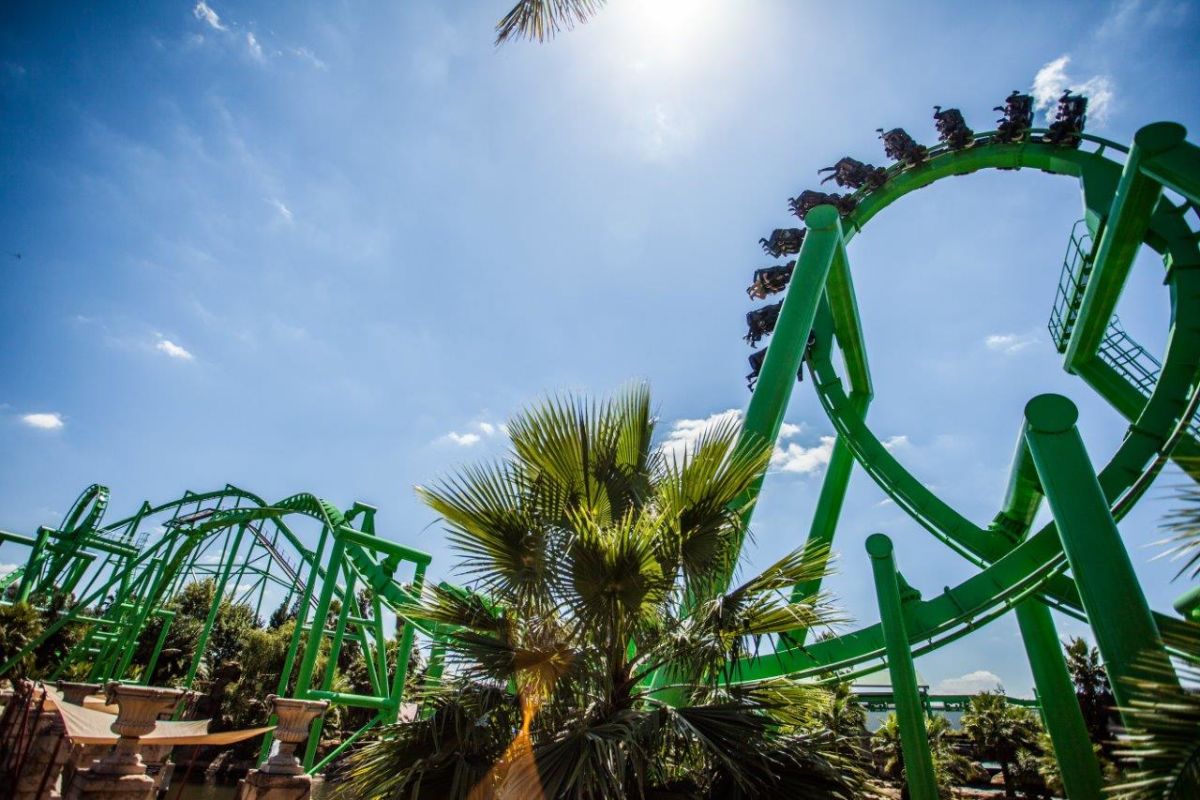The Basic Principles Of Johannesburg North Attractions
The Basic Principles Of Johannesburg North Attractions
Blog Article
Johannesburg North Attractions Fundamentals Explained
Table of ContentsJohannesburg North Attractions Can Be Fun For AnyoneSome Of Johannesburg North AttractionsThe smart Trick of Johannesburg North Attractions That Nobody is DiscussingJohannesburg North Attractions for BeginnersLittle Known Facts About Johannesburg North Attractions.Unknown Facts About Johannesburg North AttractionsAll About Johannesburg North Attractions
You should keep safety in mind and tourists should continue to be alert at all times when in unknown environments. Speak to the residents when you remain in community to discover the area you are remaining in. Johannesburg North attractions. When on the road (this does not put on mall and other safe environments) finest basic recommendations is to attempt your ideal to look like a local and to prevent showing any kind of kind of wealth
Johannesburg North Attractions - The Facts
Teacher Revil Mason O. J. (Thomson, 1946) discovered the Witwatersrand's pre-colonial background. His archaeological work exploded the 'em pty land' myth, according to which the region was without human habitation prior to the arrival of European inhabitants. In his magazines Prehistory of the Transvaal: A Document of Human Task (1962) and Beginnings of Black Individuals of Johannesburg and the Southern Western Central Transvaal Advertisement 3501880 (1986 ), Teacher Mason showed the degree of social and financial growth in the location prior to Europeans set foot right here.

The Buzz on Johannesburg North Attractions
In 1878, David Wardrop located gold in quartz veins at Zwartkop, north of Krugersdorp. In 1881, Stephanus Minnaar came across gold on the farm Kromdraai, near the Cradle of Humankind.
In March 1886, a protrusion (quickly to be called the Key Coral reef) was located, fairly fortunately, on Gerhardus Oosthuizen's ranch Langlaagte. Some say that the Lancastrian coal miner George Pedestrian uncovered this coral reef. An additional travelling English miner, George Harrison (that had actually formerly functioned in Australian mines) acquired a prospecting permit in regard of Langlaagte in May 1886.
He determined to proceed in a pursuit for greener fields, and disposed of his Langlaagte case for the princely sum of 10. Alas: beneath lay the richest goldfield ever located. The exploration of this abundant auriferous reef provoked a gold rush that signified completion of agrarian tranquillity in the southern Transvaal.
It would, within six years, end up being the largest town in southern Africa. Within a decade, it would certainly make the Z. A. R. up until then an anarchical and bankrupt little state the richest nation in Africa. By the turn of the century, the Z. A. R. was to exceed Russia, Australia and the United States of America to become the globe's leading gold producer, generating even more than a quarter of the globe's gold.
The Best Guide To Johannesburg North Attractions
It was recognized as Ferreira's Camp, named after Colonel Ignatius Ferreira. He was a Boer traveler upon whom the British authorities had presented the status of Buddy of one of the most Differentiated Order of St Michael and St George (entitling him to the post-nominal letters C. M. G.) in appreciation for his role in the battle that had deposed the Pedi king Sekhukhune in 1879.
Two various other camps were developed: Meyer's Camp on the farm Doornfontein, and Paarl Camp. The latter was nicknamed Afrikander Camp; numerous individuals from the Cape Swarm settled there.

The Ultimate Guide To Johannesburg North Attractions
This name gained money by word of mouth, such that the State Assistant verified the name to the Mining Commissioner on 9 October 1886. Stands in the town were auctioned on 8 December 1886. While some stands were sold for 10, others were torn down for just sixpence.
2 years later, these erven were to transform hands for as this article much as 750 each. The tented camps diminished as a dorp of corrugated iron structures established his comment is here and increased north of the mines located along the Main Coral Reef Road. Areas such as Jeppe's Community (where working-class immigrants erected their homes) and Doornfontein (where the upscale brand-new 'Randlords' began to build their luxurious residences) were soon added to the ever-expanding map of the town.
The Basic Principles Of Johannesburg North Attractions
Apart from the street names, there were no signs of Johannesburg being located in a Dutch-speaking country. Several years later, C. W. Kearns O. J. (one of the first boys registered at St John's College in 1898) would recall: 'A strange fact about Johannesburg was that, although it remained in the [Boer Republic], nearly everyone talked English and also the Federal government slaves attended to one in English, unless they were very first attended to in the Taal (or Reduced Dutch)'.
As such, Britain had an interest in ensuring ideal conditions for gold production on the Witwatersrand, which the gold was exported to London instead of Berlin an important rendered even more clamant by the Z. A. R - Johannesburg North attractions.'s raising toenadering with Germany. Mine owners got on a collision training course with President Kruger, whose plan of monopolistic concessions (typically granted to his cronies) protected against mining business from obtaining supplies of products (especially dynamite) and work on their own, less costly terms
Getting The Johannesburg North Attractions To Work
In 1890, the Volksraad had limited the franchise to white guys Check This Out that had actually resided in the Z. A. R. for fourteen years or longer, therefore invalidating a lot of the immigrants (that took place to be the major contributors to the fiscus). Anxiety for the ballot was a simple pretense for advertising a various program; a lot of uitlanders concerned themselves as short-lived site visitors and had no purpose of continuing to be in the Z.
Report this page